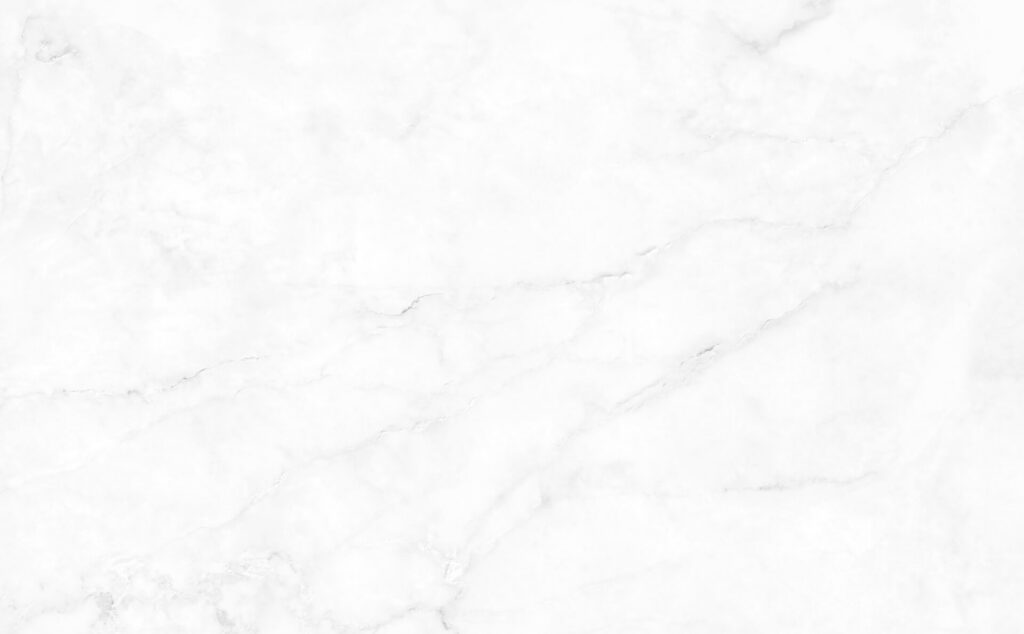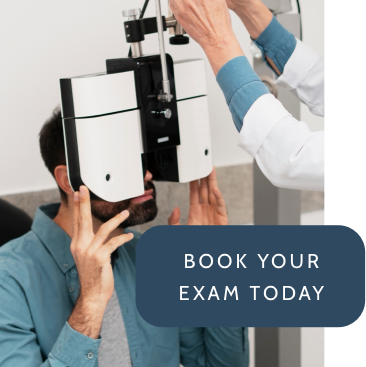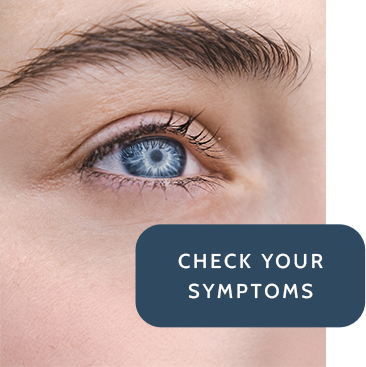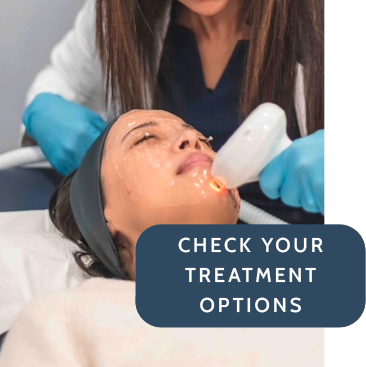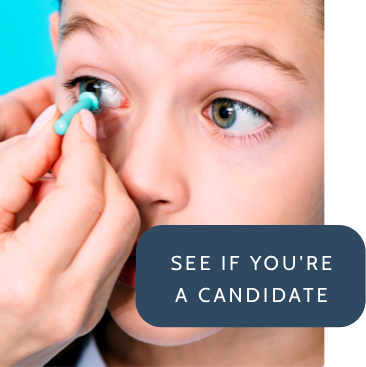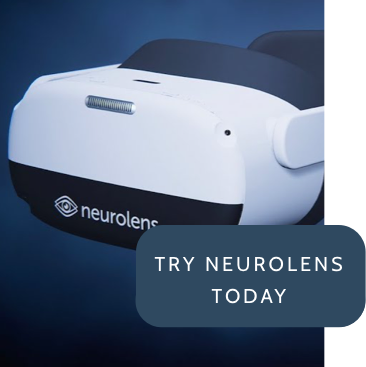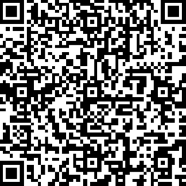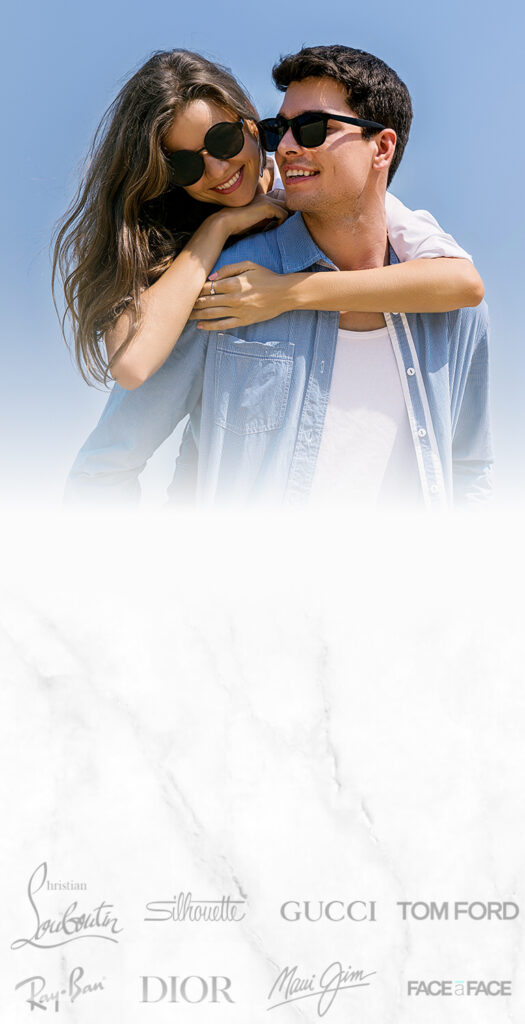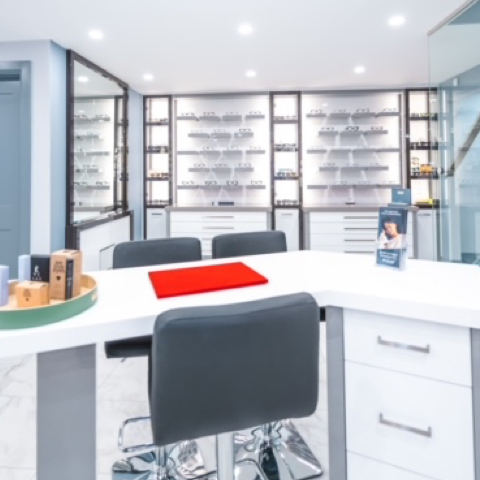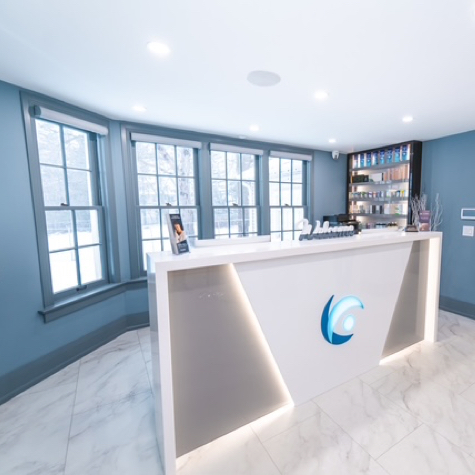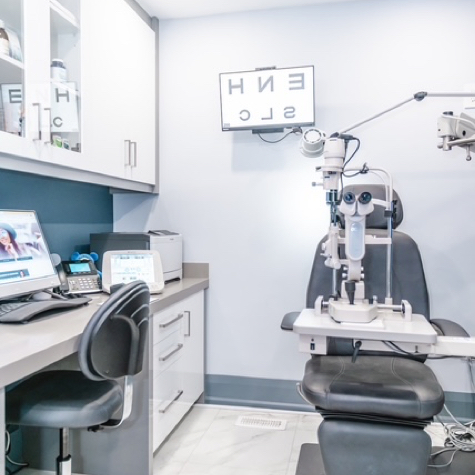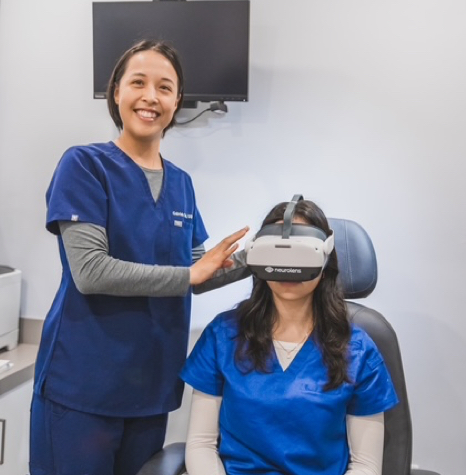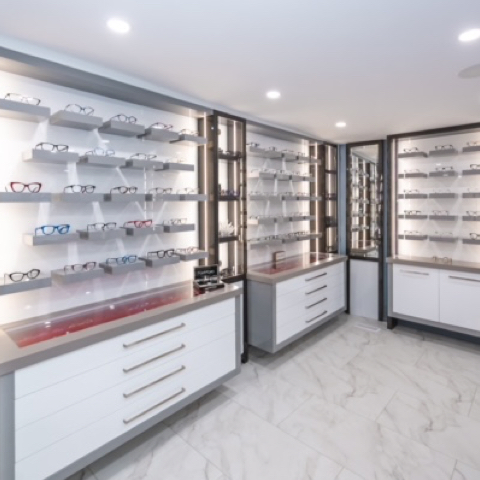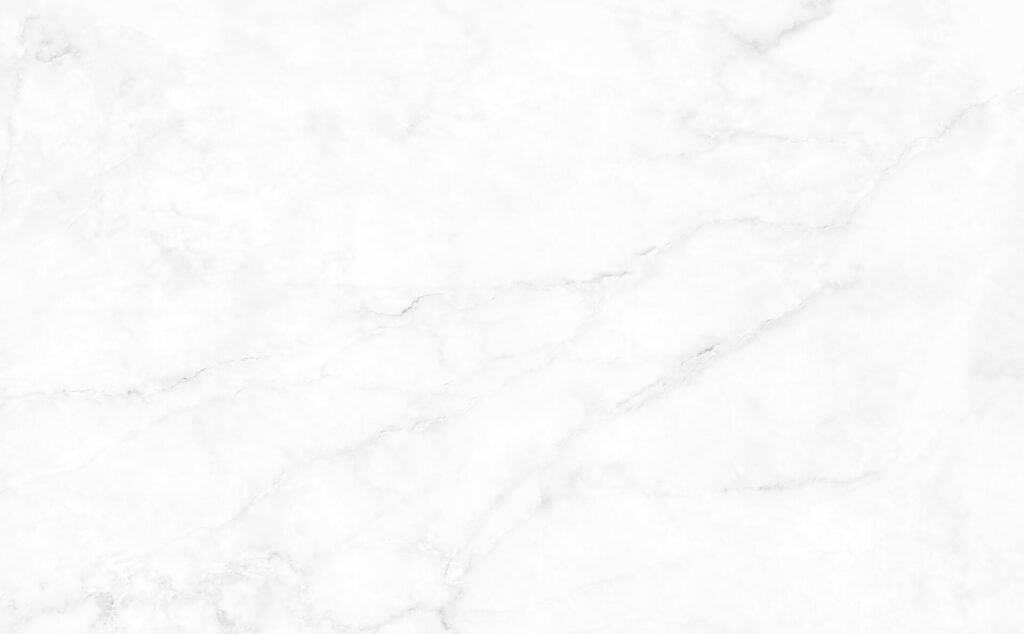Dry eye disease can leave your eyes feeling dry, irritated, and sensitive. If you’ve experienced dry eye symptoms, you know just how uncomfortable it can be, so you’ve probably explored the treatment options available to you.
If so, you may have come across LipiFlow.
LipiFlow, also known as LipiFlow Thermal Pulsation System, is a specialized heat treatment that removes blockages in the oil glands in the eye. Blocked oil glands are one of the leading causes of dry eye disease related to meibomian gland dysfunction (MGD). By treating the root of the problem, LipiFlow can effectively help manage dry eye disease.
But how exactly does LipiFlow work to treat dry eyes? Keep reading to learn more about dry eye disease and the LipiFlow process.
What is Dry Eye Disease?
Before we can understand how LipiFlow works to treat dry eye disease, we first have to break down dry eye disease.
Dry eye disease is a common eye condition that occurs when the eyes don’t produce enough tears, the right type of tears, or quality tear film. This condition can cause minimal to severe discomfort and can cause vision problems if left untreated.
Types of Dry Eye Disease
There are several different types of dry eye disease. The most common are:
- Aqueous deficient dry eye (ADDE)
- Evaporative dry eye (EDE)
What does LipiFlow Treat?
LipiFlow is an effective treatment for dry eye disease, but it only works to manage EDE related to MGD. Lipiflow treats MGD directly at the source by releasing blockages in the meibomian glands, helping to lessen dry eye symptoms effectively.
If you suffer from ADDE, LipiFlow is not a suitable therapy for you.
Evaporative Dry Eye & Meibomian Gland Dysfunction
While ADDE is caused by a lack of tears, EDE is caused by the evaporation of your tears.
This happens when your meibomian glands are dysfunctional and become clogged, known as MGD. MGD is very common and affects the amount of oil in your tears. If you don’t have enough oil in your tears, they will evaporate quicker than they are meant to, leaving your eyes dry and uncomfortable.
EDE related to MGD is the most common type of dry eye that optometrists diagnose and the only type of dry eye treated by Lipiflow. In the early stages, patients are often asymptomatic, but if left untreated, MGD can cause dry eye symptoms and can even lead to permanent changes in the tear film.
Symptoms
Common symptoms of EDE include:
- An uncomfortable burning or scratchy sensation in your eyes
- Feeling like something is “stuck” in your eyes
- Mucus or water in or around your eyes
- Sensitivity to light
- Difficulty wearing contact lenses
- Blurred vision
- Eye fatigue
Risk Factors
Several risk factors can lead to dry eye syndrome. The risks factors that can contribute to the condition may include:
- Age: You are more likely to experience dry eye syndrome if you are over 50
- Smoking: Smoking has been linked to many eye conditions, including dry eye syndrome
- Gender: Women suffer from dry eye syndrome more often than men
- Body fat: A high percentage of body fat has been linked to dry eye syndrome
When to See a Doctor
If you’re experiencing any of the above symptoms, book an appointment with your optometrist. Your eye doctor will take steps to determine what’s bothering your eyes by completing an eye exam and can help you find a suitable treatment plan.

How does Lipiflow treat Dry Eye Disease?
Lipiflow is used to treat EDE by addressing the root cause of dry eye symptoms: the buildup of oils blocking the meibomian glands.
LipiFlow uses eyepieces placed over the eyelids and delivers gentle warmth and pressure to help break down any blockages. This allows the meibomian glands to return to their normal level of function. Once these glands are producing oil properly, the symptoms of dry eye may lessen.
What to Expect during a Lipiflow Treatment
The first step in receiving LipiFlow treatment is to be diagnosed with EDE by your optometrist. This can be done through a regular eye exam. If your optometrist determines that LipiFlow is the proper treatment, they will schedule a treatment session with you.
Preparing For Your Treatment
To prepare for your LipiFlow treatment session, you should:
- Remove contact lenses & makeup
- Avoid using eye drops, creams and ointments for 24 hours before your visit
Before the procedure starts, your optometrist will:
- Place a mild anesthetic in your eye to prepare you for the procedure
- Clean the eyelids
During Your Treatment
Once your optometrist is ready to begin the procedure, they will place the LipiFlow activators onto your eyelids. When the treatment starts, you will begin to feel gentle warmth and pressure on your eyelids
The treatment runs through two 6-minute cycles:
- A warming phase
- A varied pulsations phase
- A constant pressure phase
Running through this cycle twice ensures the proper removal of blockages from the glands. After 12 minutes, the procedure is complete.
After Your Treatment
After you receive your treatment, you should see results in 4-6 weeks. Your doctor may request you book a follow-up appointment to evaluate your progress after the treatment is completed.
Is LipiFlow Right For Me?
You may be eligible to receive LipiFlow if you meet the following criteria:
- You have been diagnosed with dry eye disease through a proper eye exam
- You suffer from EDE caused by meibomian gland dysfunction (MGD)
- Your EDE gets in the way of your daily life and affects your daily activities
If you have any questions or concerns about dry eye disease, meibomian gland dysfunction, or LipiFlow, contact us at Zargar Eye Care today!


